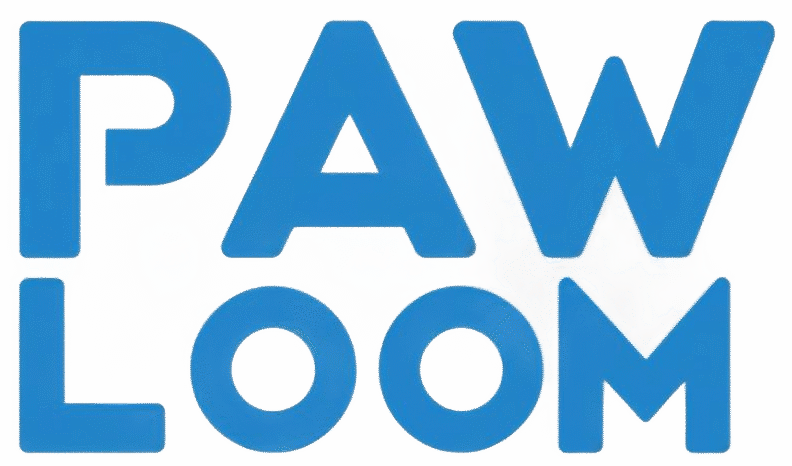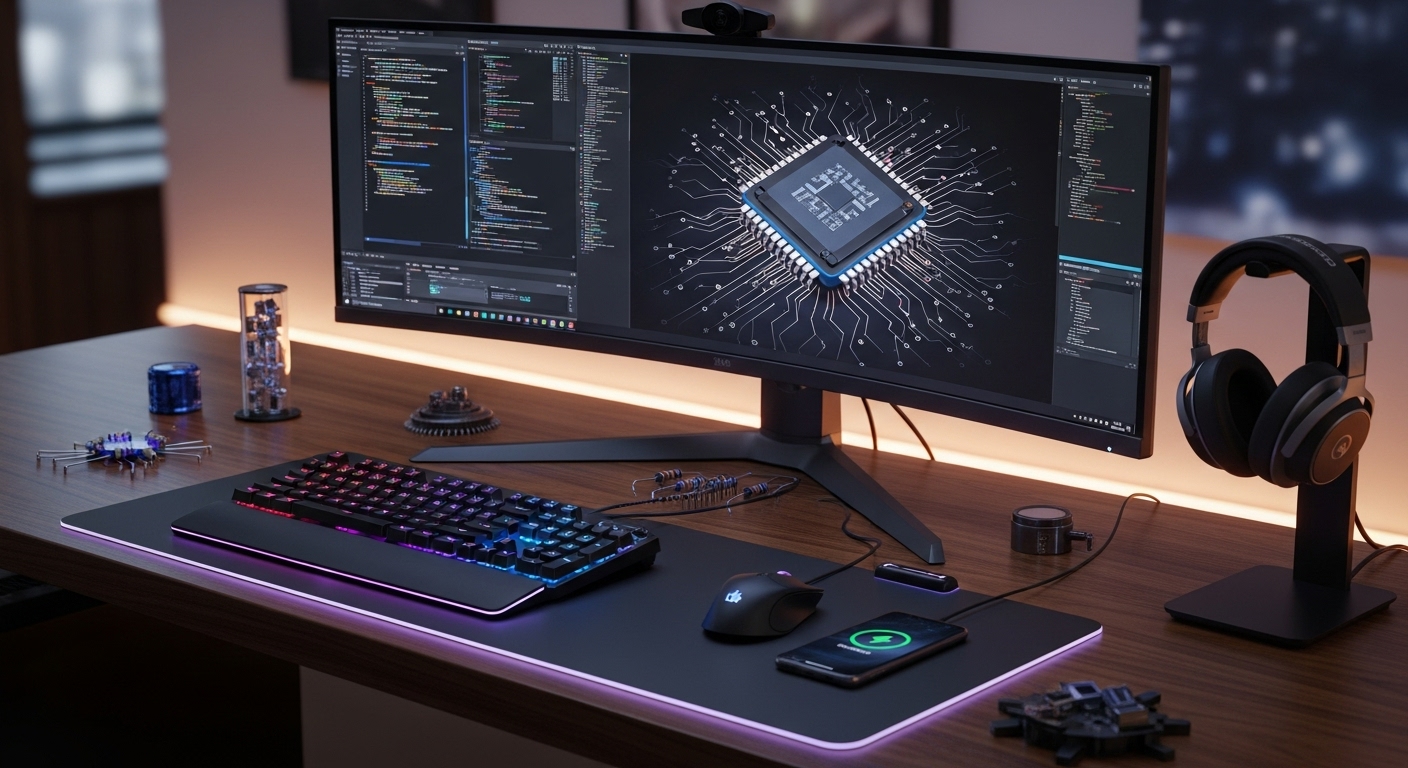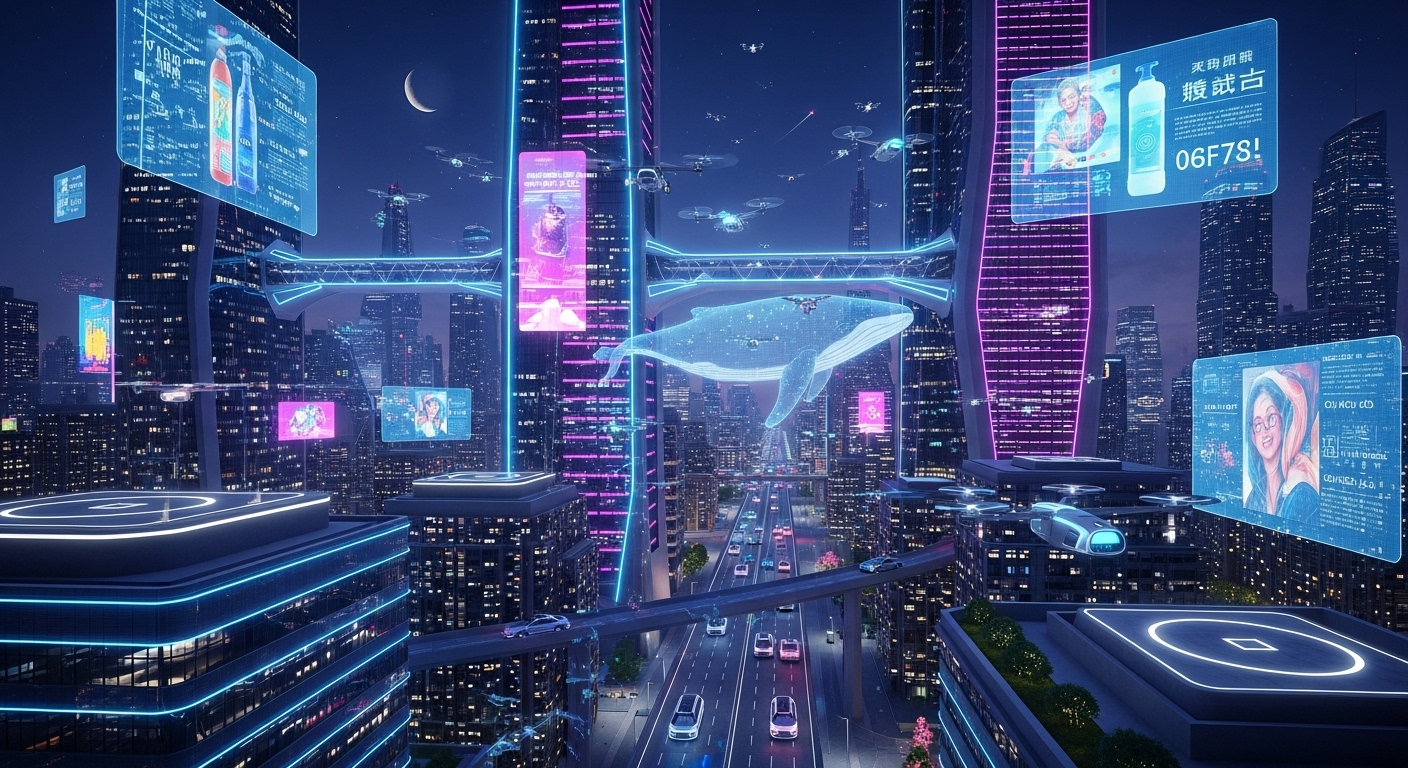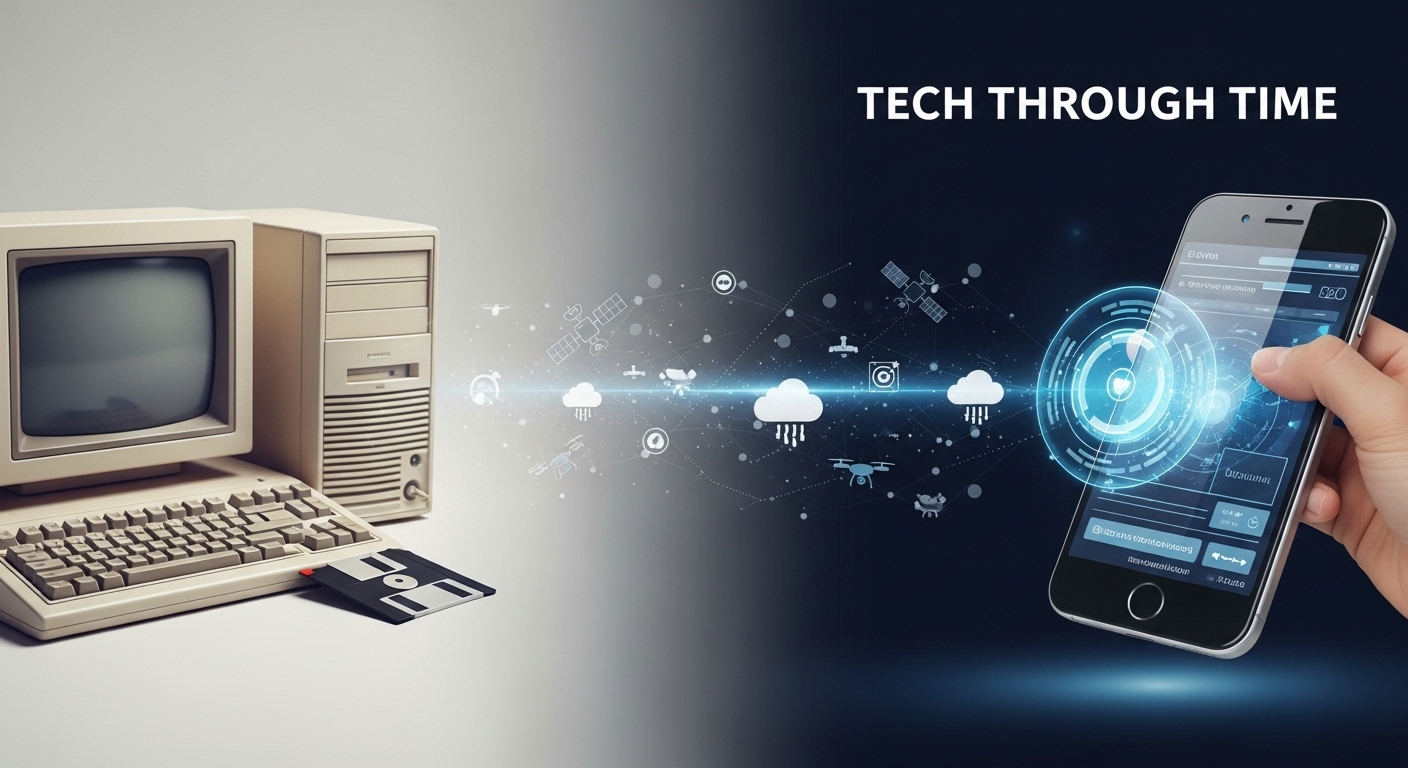Introduction
Technology has become the beating heart of modern civilization. It defines how people live, learn, work, and connect. From the simplest tools of ancient times to the complex systems of artificial intelligence today, technology continues to evolve at an incredible pace. It shapes our economies, influences our culture, and transforms the very fabric of daily life. What was once a luxury is now a necessity, and what once seemed impossible has become routine.
The beauty of technology lies in its constant motion. It never stops growing. Every innovation builds upon the last, and each generation inherits a world more connected and capable than the one before it. Technology is not just about machines or gadgets—it is about ideas, creativity, and problem-solving. It’s about making life simpler, smarter, and more efficient.
This blog explores the vast and ever-expanding universe of technology: how it began, how it transformed society, its influence on communication, work, education, and even human relationships, and where it is headed in the future.
The Roots of Innovation
The story of technology begins with the story of humanity itself. From the moment early humans used stones to hunt or fire to cook, they were creating tools to solve problems. These early innovations were primitive, but they marked the beginning of humankind’s greatest strength—ingenuity.
The invention of the wheel, the creation of writing, and the discovery of metalworking were some of the earliest breakthroughs that set civilization on its path toward progress. Each new development allowed people to communicate better, travel farther, and build stronger societies.
Over time, these innovations multiplied. Agriculture brought stability, while navigation led to exploration. Printing spread knowledge. Machines introduced during the Industrial Revolution in the 18th century changed everything. For the first time, production was not limited by human or animal labor. Steam engines powered factories, railways connected continents, and inventions like the telegraph made communication faster than ever.
Every era of history has been defined by its dominant technology, and each has paved the way for the next. The modern world is the result of centuries of innovation, curiosity, and discovery.
The Digital Revolution
The twentieth century witnessed one of the greatest transformations in human history: the birth of the digital age. The invention of computers changed how people processed information. Machines that once filled entire rooms now fit into the palms of our hands, capable of performing billions of calculations per second.
The development of the internet in the late 20th century connected humanity like never before. Suddenly, information could travel across the globe instantly. This changed business, education, media, and even politics. What once required days or weeks could now be accomplished in seconds.
The digital revolution did not just make things faster—it redefined how society operates. Communication became more visual, knowledge became more accessible, and creativity became limitless. The rise of smartphones and social media brought technology into every pocket and every moment. People now live in a world where the physical and digital blend seamlessly, where distance is irrelevant, and where data powers almost every decision.
Communication in the Connected Age
Perhaps the most visible impact of technology is in communication. A century ago, people relied on letters or landline telephones. Today, messages, photos, and videos cross continents instantly. Technology has made the world smaller, more immediate, and more personal.
Social media, instant messaging, and video conferencing have transformed human interaction. Families separated by oceans can now see and talk to each other in real time. Businesses can operate across multiple countries with employees collaborating through digital platforms.
However, this transformation also raises questions. While communication has become easier, it has also become more superficial in some cases. The challenge is no longer connecting but meaningfully connecting. Technology has given people powerful tools, but it’s up to society to use them responsibly—to communicate with purpose, empathy, and understanding.
Despite these challenges, the ability to communicate instantly remains one of the most extraordinary achievements of technology. It empowers people, builds relationships, and brings awareness to global issues faster than ever before.
Technology in Education
Education has always been the foundation of human progress, and technology has completely reshaped how people learn. Classrooms have evolved from chalkboards to digital screens, from textbooks to tablets. Knowledge is no longer confined to libraries or lectures—it lives online, accessible to anyone with an internet connection.
Students today can learn coding, history, or mathematics through interactive platforms. Teachers use technology to personalize lessons, track progress, and engage students with multimedia content. Virtual classrooms connect learners from around the world, breaking down barriers of geography and cost.
Technology has also introduced new fields of study—artificial intelligence, cybersecurity, robotics, and data science—preparing students for a rapidly changing world. The future of education lies in flexibility, interactivity, and creativity, all of which are made possible by technology.
However, digital education also highlights inequality. Access to technology is not universal, and closing this digital divide remains one of the biggest challenges of the 21st century. Still, as innovation continues, the dream of accessible, quality education for all becomes more achievable than ever.
The Transformation of Work
Work has always been shaped by technology. From the invention of the loom to the rise of automation, machines have continuously changed how people earn their living. Today, digital tools, cloud computing, and artificial intelligence define the modern workplace.
Remote work has become a new norm. Employees can collaborate from different continents, manage projects online, and share data instantly. Automation and artificial intelligence handle repetitive tasks, freeing humans for creative and strategic work. Technology has increased efficiency, but it has also changed expectations. Employers now seek digital literacy, adaptability, and innovation in their teams.
The future of work is not about replacing humans with machines—it’s about partnership. Machines handle precision and speed, while humans bring creativity and emotion. Together, they form a new kind of productivity that reshapes industries and economies.
The Rise of Artificial Intelligence
Artificial intelligence represents one of the most transformative technologies in human history. AI allows machines to learn, reason, and make decisions. From recommendation systems that suggest what to watch to advanced medical algorithms that detect diseases, AI is everywhere.
AI has become the engine driving automation, personalization, and prediction. It powers voice assistants, self-driving cars, and data analysis tools. In businesses, AI helps identify patterns, improve customer service, and increase efficiency. In healthcare, it assists doctors in diagnosis and drug discovery.
However, AI also brings ethical questions. How should society manage privacy, bias, and job displacement? How can people ensure that AI is used responsibly and fairly? These are the new challenges of the digital age—balancing progress with humanity.
Despite the concerns, the potential of AI is immense. It could help solve some of the world’s greatest problems, from climate prediction to global health. The key lies in guiding its development with wisdom and integrity.
Technology and Health
Healthcare has been transformed by technology more than almost any other field. Medical science has advanced from basic instruments to robotic surgery, genetic analysis, and telemedicine. Patients can now consult doctors online, monitor their health with wearable devices, and receive personalized treatments based on data.
Technology has made early diagnosis possible for diseases that once went undetected. Imaging systems like MRI and CT scans allow doctors to see inside the human body with incredible detail. Artificial intelligence assists in reading scans, analyzing test results, and identifying patterns faster than human experts.
Moreover, health technology is empowering individuals. Fitness apps, smartwatches, and health trackers allow people to take control of their well-being. They can monitor heart rate, sleep patterns, or physical activity in real time. Preventive healthcare, supported by data, is becoming the new frontier.
Technology’s role in medicine goes beyond treatment—it offers hope. It provides tools to fight pandemics, design vaccines, and improve the quality of life. The future of healthcare will be more precise, connected, and patient-centered, thanks to technological innovation.
The Power of Data
Data is the new currency of the digital world. Every online activity generates data—searches, clicks, purchases, and social interactions. This data, when analyzed, provides powerful insights that drive decision-making in business, government, and everyday life.
Big data analytics helps companies understand customers, predict trends, and optimize operations. Governments use data to plan cities, monitor health, and improve services. In science, massive datasets help researchers explore everything from climate change to genetics.
Yet, the power of data comes with responsibility. Privacy and security are critical. With so much personal information being collected, protecting it has become one of the biggest challenges of modern technology. Transparency and ethical data use are essential for maintaining trust in an increasingly digital society.
The Internet of Things
The Internet of Things (IoT) connects the physical world to the digital one. Everyday objects—cars, appliances, watches, and even streetlights—are now equipped with sensors and internet connectivity. These devices collect data and interact with each other, creating intelligent systems that make life more convenient.
Smart homes adjust lighting and temperature automatically. Cars communicate with traffic systems to improve safety. Factories use sensors to monitor equipment, reducing waste and preventing breakdowns.
The Internet of Things is changing how cities operate, how businesses manage logistics, and how individuals interact with their environments. It is building the foundation of a smarter, more efficient world.
Technology and Creativity
Technology is not only about logic—it is also about imagination. It has opened endless possibilities for artists, musicians, filmmakers, and designers. Digital tools allow creators to experiment in ways that were once impossible.
Graphic design, digital art, and animation have redefined visual storytelling. Music production software enables anyone to compose and share their work. Virtual and augmented reality allow immersive experiences that blend art and technology seamlessly.
Creativity has become more accessible. Social platforms give artists a global audience. Independent creators can reach millions without traditional gatekeepers. Technology has made art democratic—it belongs to everyone.
Environmental Technology and Sustainability
As technology advances, so does awareness of its environmental impact. The planet faces serious challenges—climate change, pollution, and resource depletion. Fortunately, technology is also part of the solution.
Renewable energy innovations such as solar panels, wind turbines, and smart grids are reducing dependence on fossil fuels. Electric vehicles are transforming transportation, and sustainable manufacturing is becoming a global priority.
Smart agriculture uses sensors and data to conserve water and increase crop yields. Environmental monitoring helps predict disasters and protect ecosystems. The intersection of technology and sustainability represents hope for a cleaner, greener future.
The Challenges of a Tech-Driven World
While technology offers incredible benefits, it also brings new challenges. Cybersecurity threats, misinformation, and digital addiction are real problems that affect millions. The speed of innovation sometimes outpaces the ability of laws and ethics to keep up.
Privacy has become a major concern. As devices become more connected, personal data becomes more vulnerable. Artificial intelligence can amplify bias if not designed carefully. Automation, while efficient, raises fears about job displacement.
These challenges highlight the need for responsible technology. Innovation must serve humanity, not control it. Society must strike a balance between progress and preservation, between convenience and conscience.
The Future of Technology
The future of technology is both exciting and unpredictable. Artificial intelligence, quantum computing, biotechnology, and space exploration are set to redefine what is possible. Machines will become more intuitive, communication more immersive, and knowledge more accessible.
Humans and machines will collaborate more deeply. Personalized experiences will dominate industries, from entertainment to education. The physical and digital worlds will merge into a unified, interconnected system.
But amid this rapid progress, the human element remains crucial. Technology should enhance life, not replace it. The goal of the future must be to create a world that is smarter, fairer, and more sustainable.
Conclusion
Technology is more than invention—it is evolution. It represents humanity’s desire to understand, create, and improve. From the first tools to the most advanced algorithms, every innovation tells a story of imagination and determination.
Today’s world runs on technology, but it is still driven by human purpose. It connects us, challenges us, and inspires us to reach beyond what we know. Whether through artificial intelligence, renewable energy, or space exploration, technology continues to push the boundaries of what is possible.
As the world moves forward, the key to progress lies not in the machines we build but in how we use them. The true power of technology is not in its circuits or code—it is in its capacity to make life better, brighter, and more connected.
Technology is not just the future—it is the very essence of human progress.



